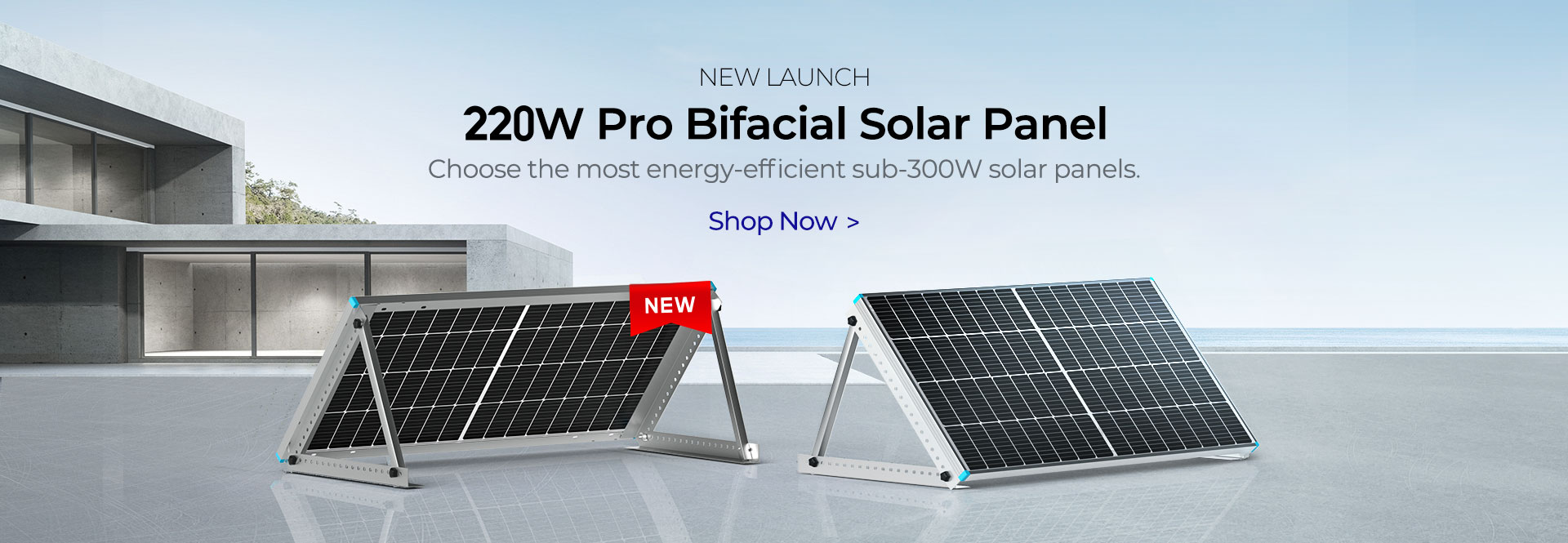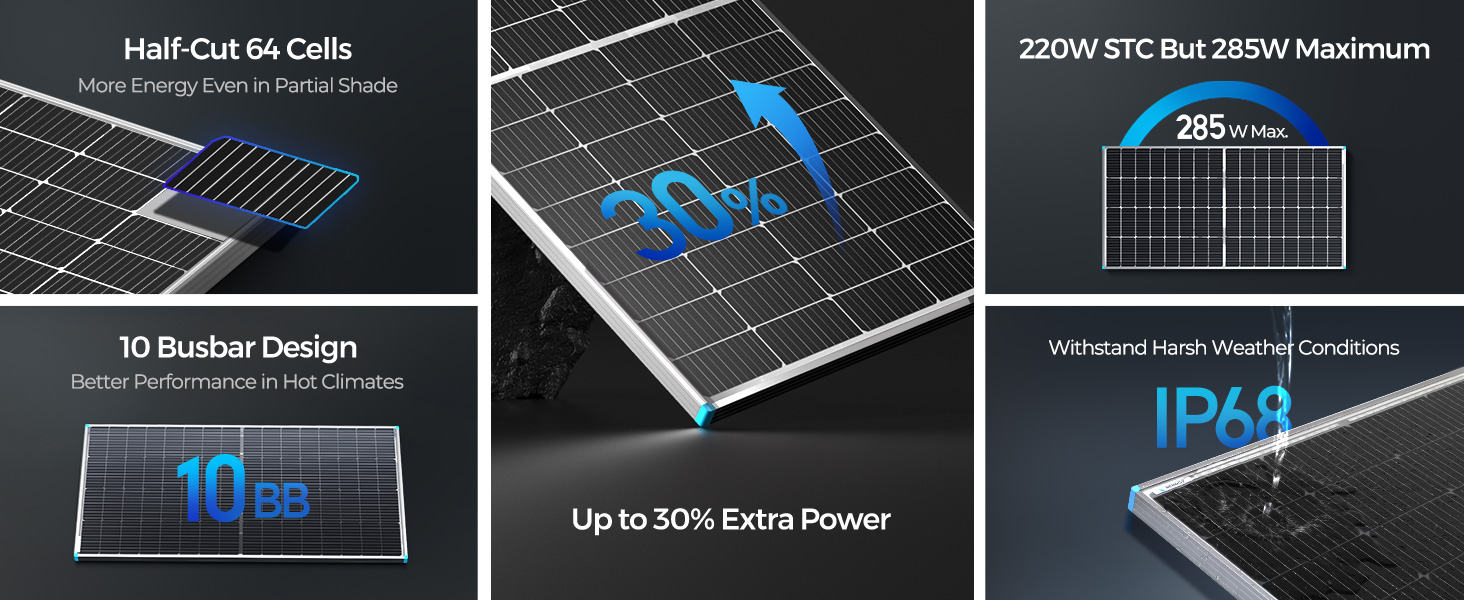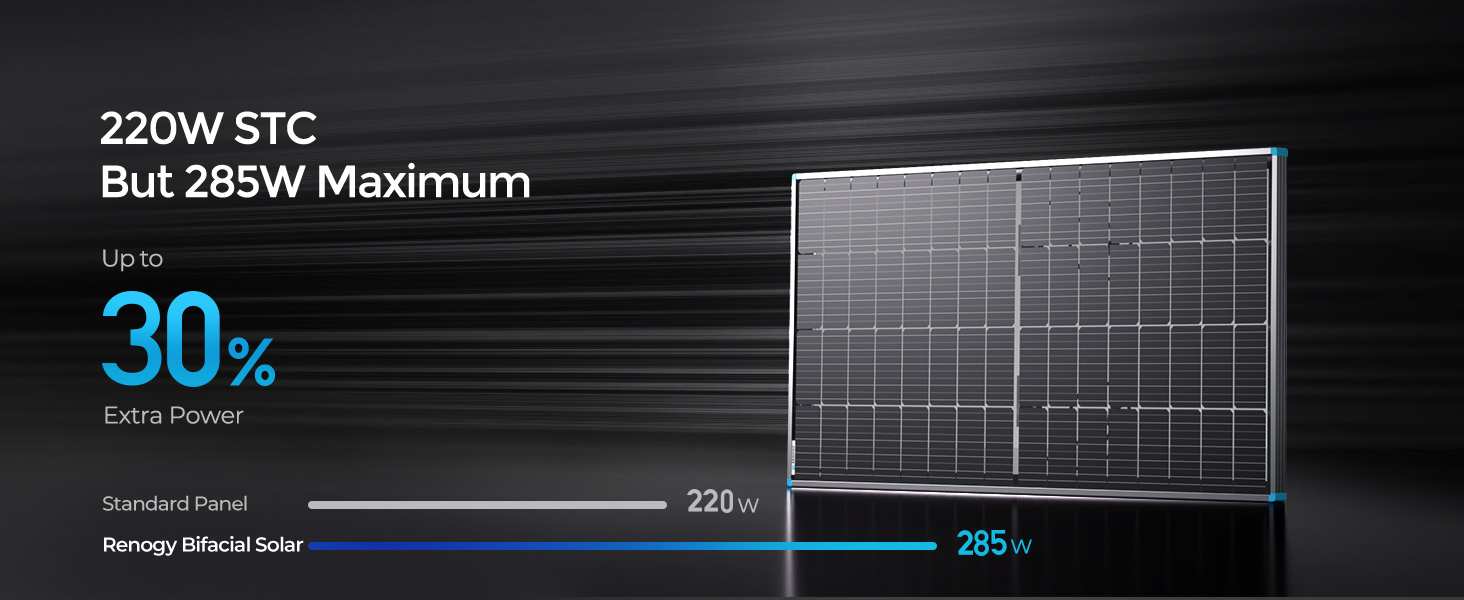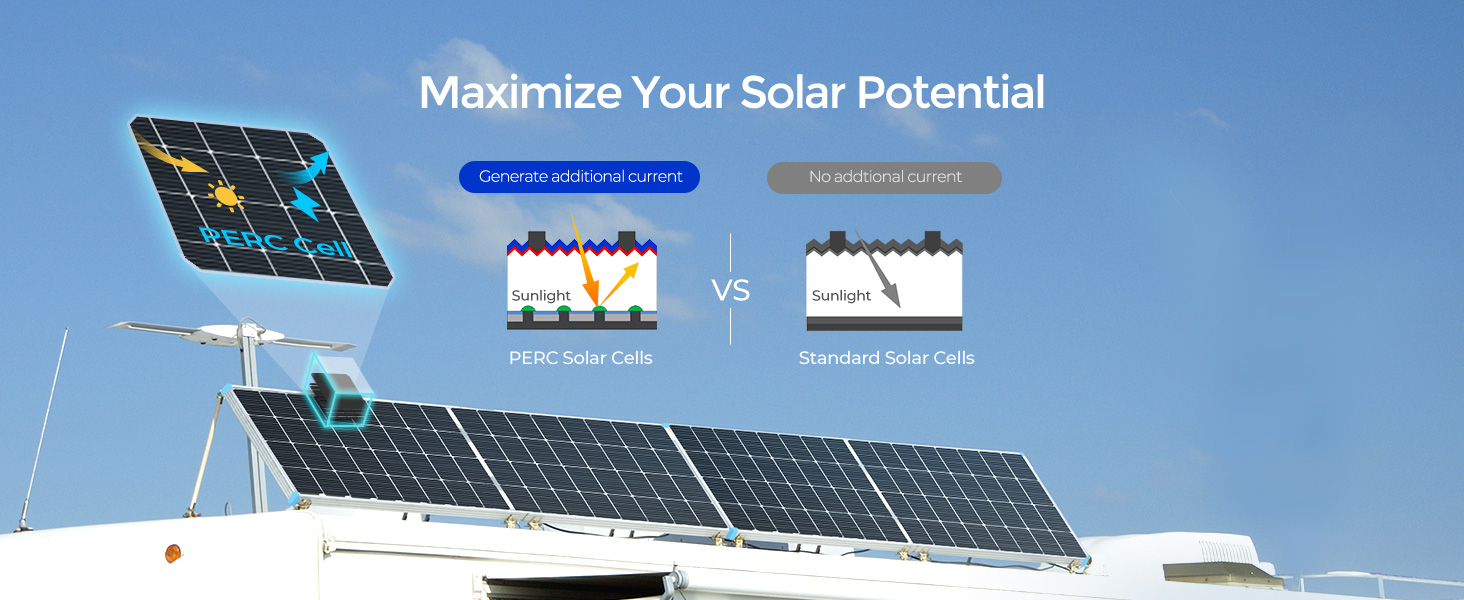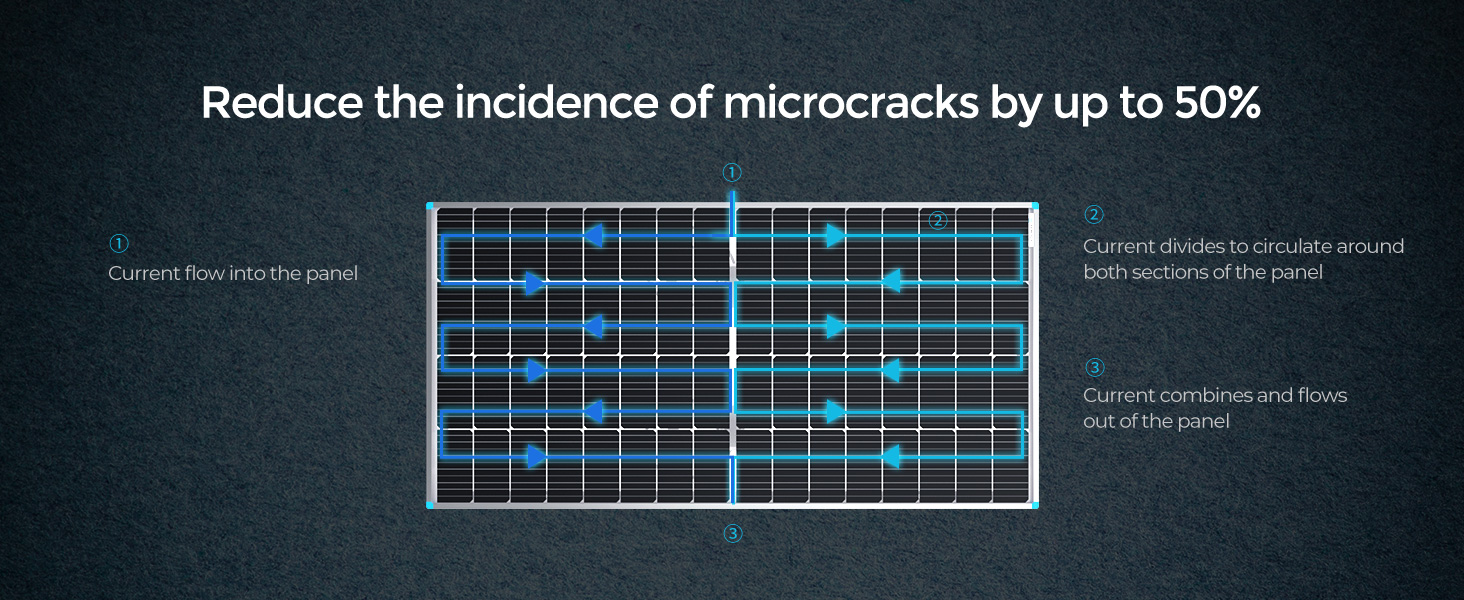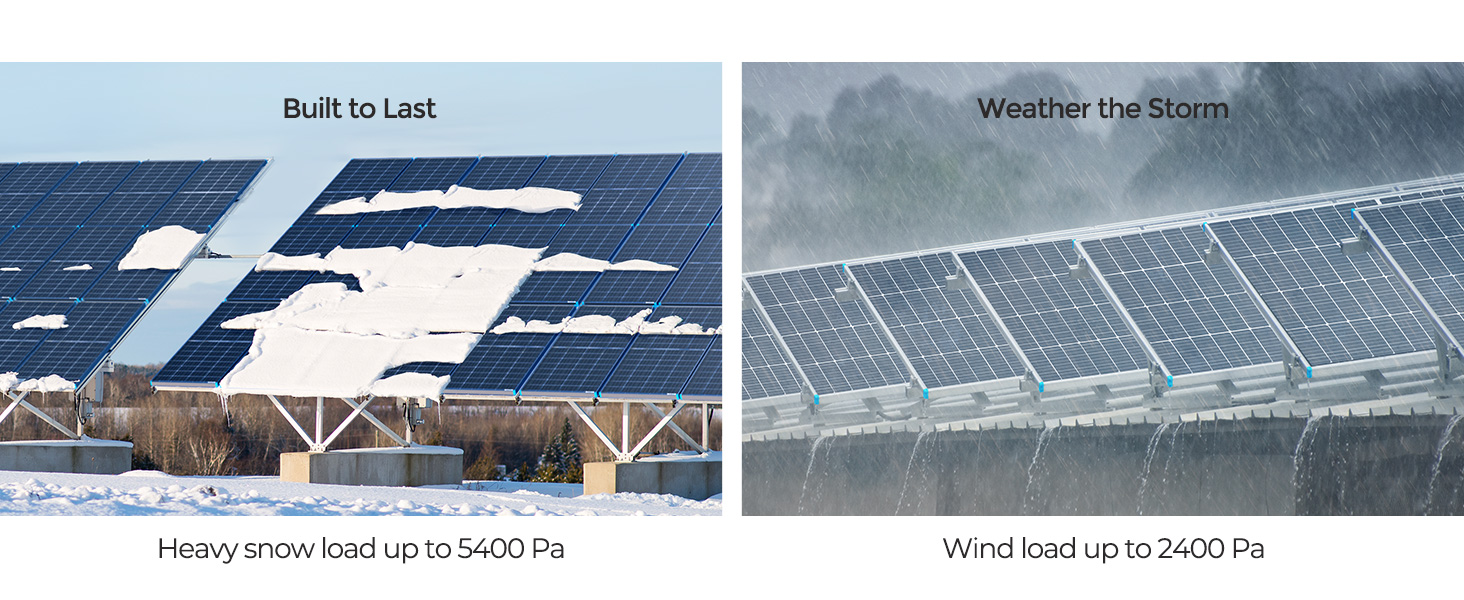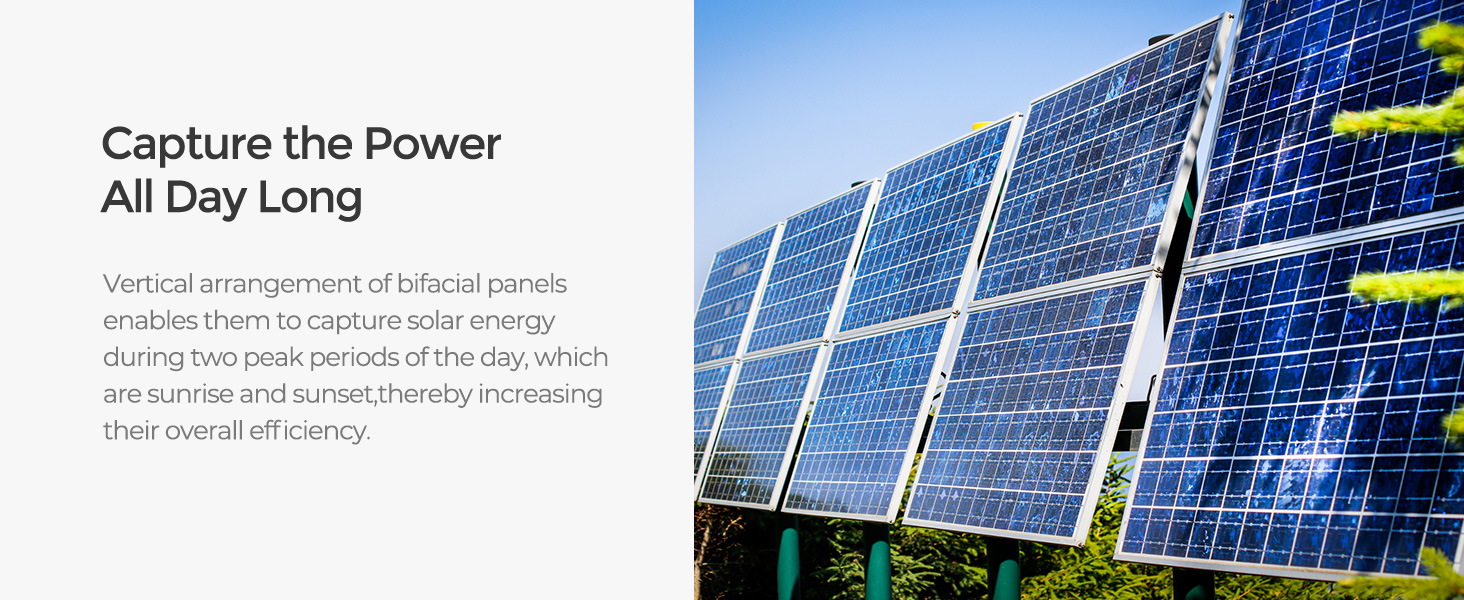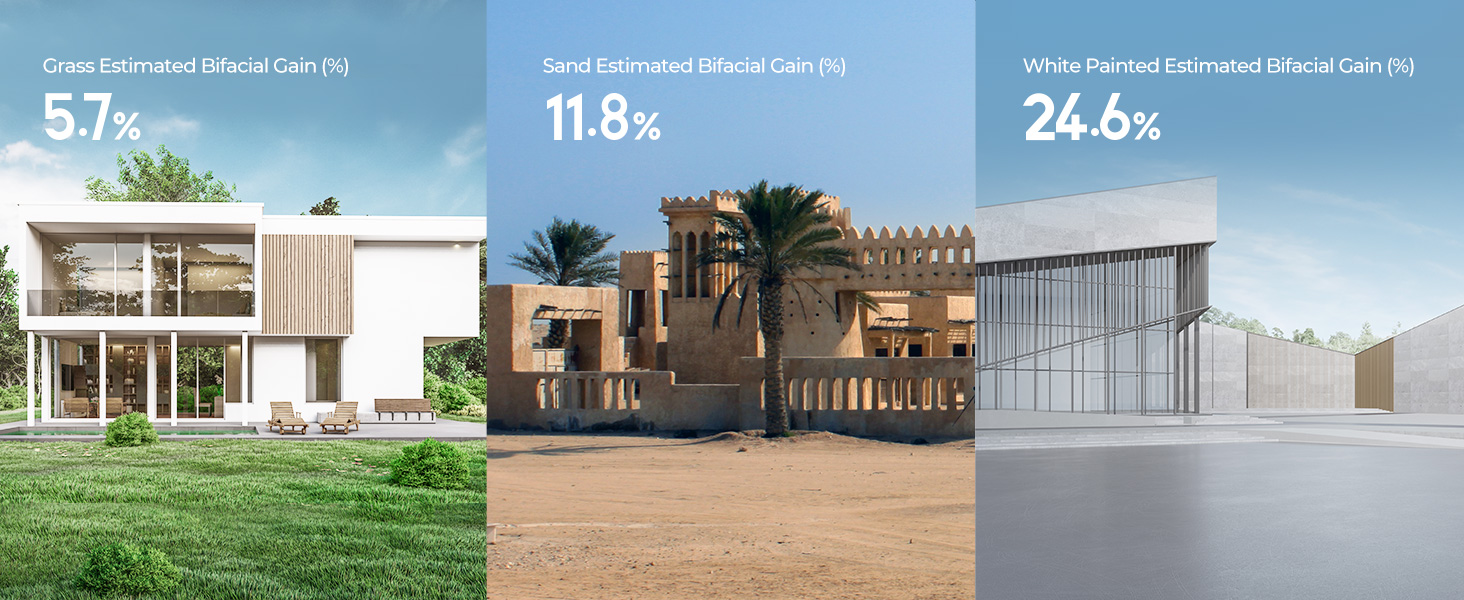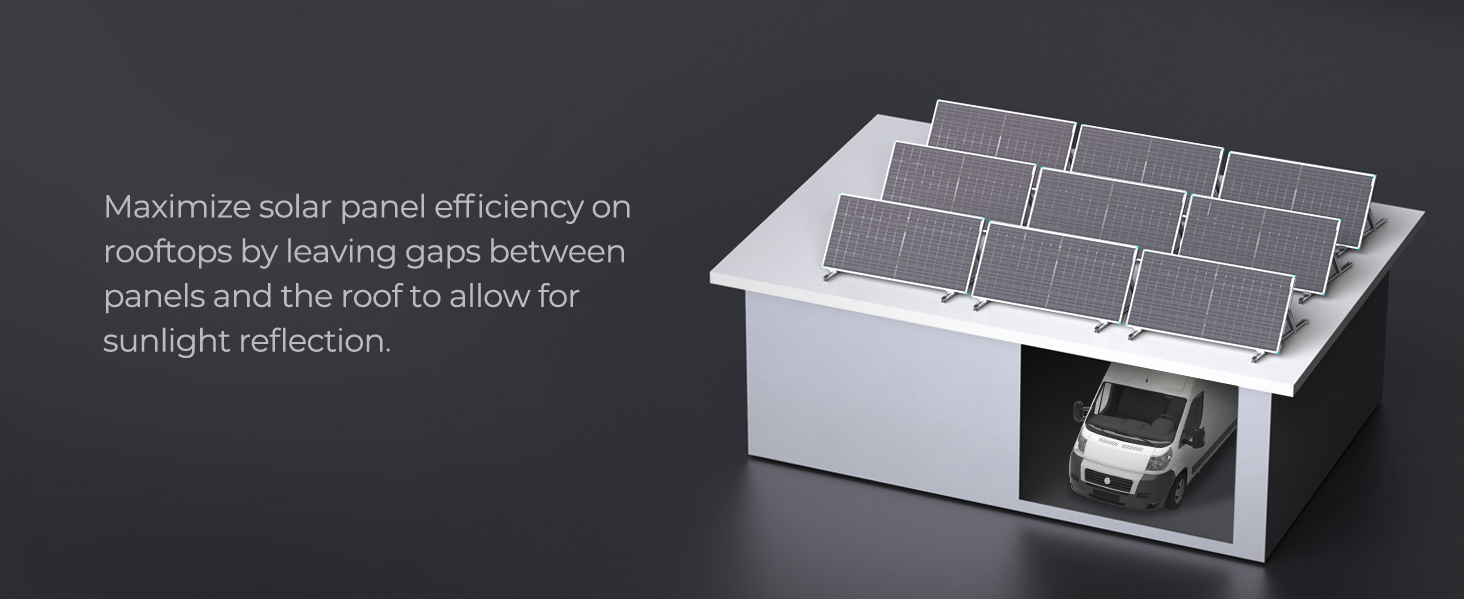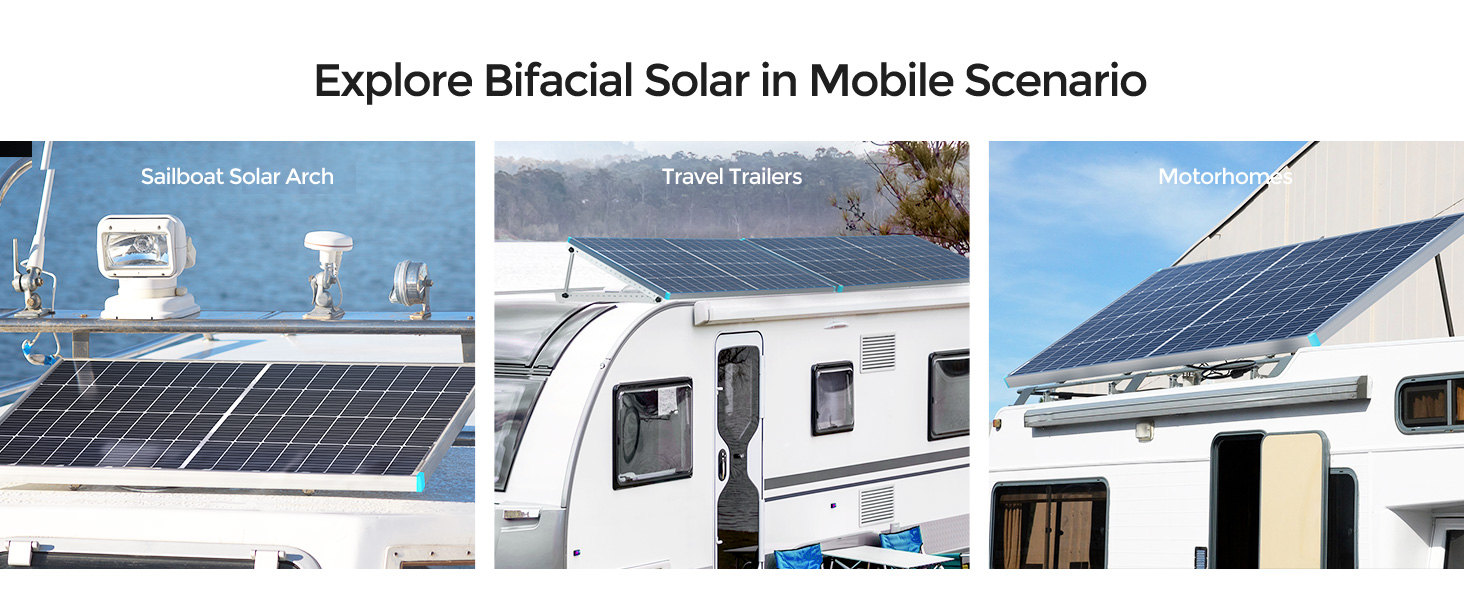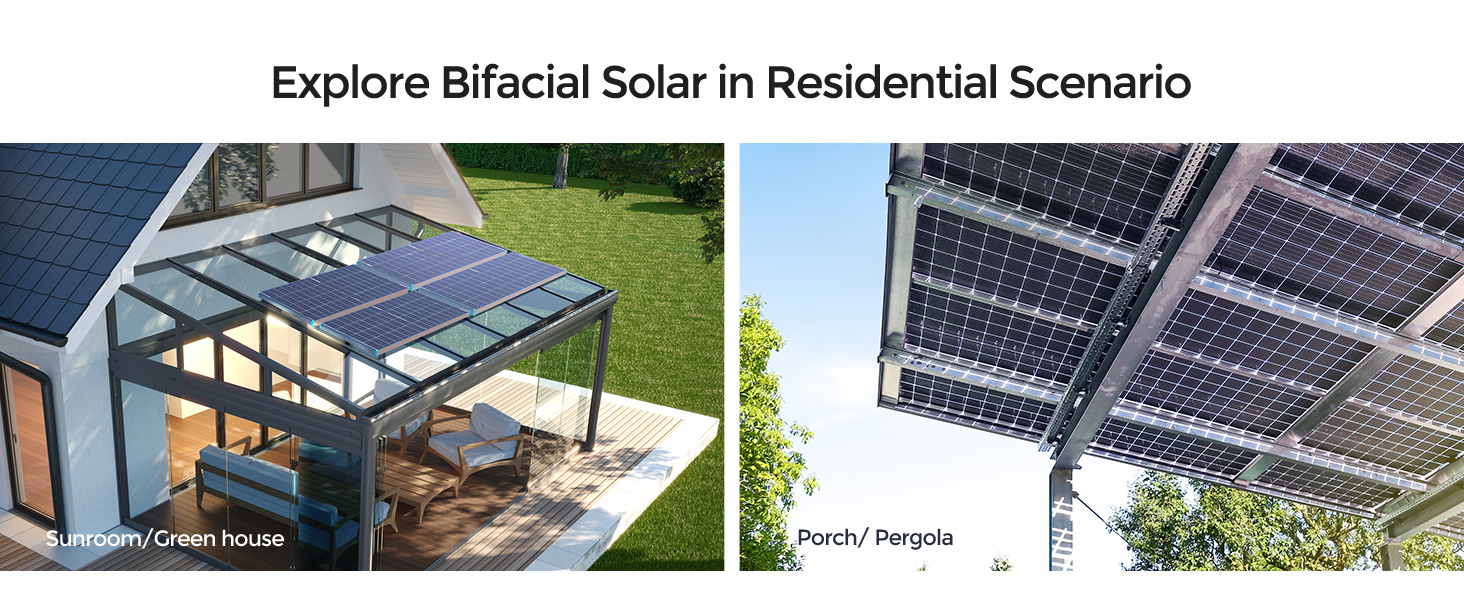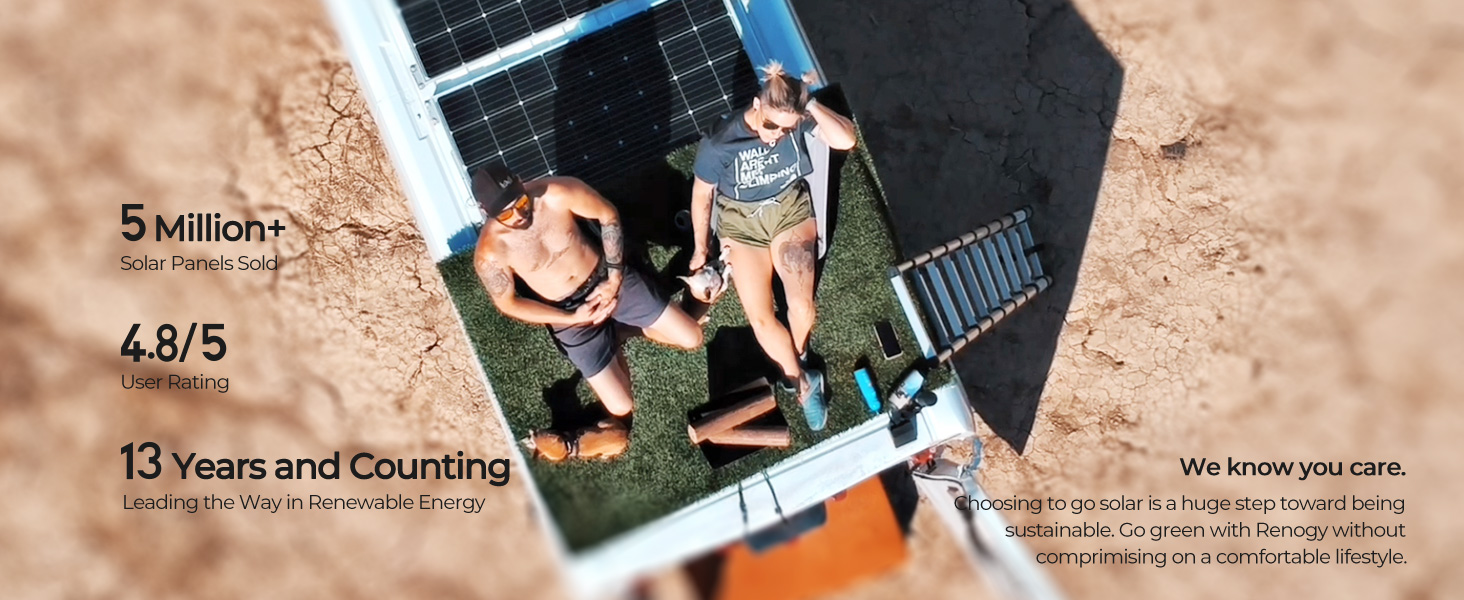- Boosts Energy Output by Up to 30% Compared to Traditional Panels.
- Enables Snow Shedding and Faster Warming for Off-Grid Power.
- Advanced Cell Tech Boosts Output and Protects Cells in Partial Shade.
- 20 Pre-Drilled Holes - Ideal for RVs, Rooftops, Cabins.
- IP68 Junction Box, High Wind/Snow Load Ratings.
Renogy's latest innovative 220W bifacial solar panel is among the best solar panels for marine and RV applications, offering up to 30% higher energy output than traditional solar panels thanks to its bifacial design that captures sunlight from both sides. Featuring premium Grade A+ monocrystalline solar cells, PERC technology, half-cut cells, 10 busbars, and bypass diode network, this monocrystalline solar panel ensures high solar cell efficiency and solar panel output. It is a great option that can provide power even in the toughest environmental conditions.
If you have any questions regarding this product, please submit a case.
NOTE
- If you have any questions regarding this product, please submit a ticket for troubleshooting assistance.
Package Include
- Bifacial 220 Watt 12 Volt Monocrystalline Solar Panel x 1
- Ewarranty card x 1
| Specifications |
|
| Max Power at STC: 220W |
Open Circuit Voltage: 21.86V |
| Short Circuit Current: 13.41A |
Optimum Operating Voltage: 18.78V |
| Optimum Operating Current: 12.24A |
Maximum System Voltage: 1000VDC |
| Maximum Series Fuse Rating: 20A |
Module Efficiency: 18.6% |
| Operating Temperature: -40°F~185°F / -40℃~85℃ |
Dimensions: 1547x763x30mm/60.9x30.0x1.2in |
| Weight: 12.7kg/28.0lbs |
|
| CERTIFICATIONS |
|
| Manufactured in a Certified ISO 9001 Facility: YES |
|
Warranty Information
| Material and workmanship warranty: 10 Years |
Performance Warranty: 5 year 95% output warranty 10 year 90% output warranty 25 year 80% output warranty |
1. What is the Benefits of Using Bifacial Solar Panels ?
a.Captures sunlight from both sides; b.More efficient and power than monofacial panels; c.Perform better in overcast weather; d.Install in any direction
2. What do I need to complete my off-grid solar power system
A solar panel has to be connected a charge controller to regulate current, and a battery to store the electrical power. You will need adapter kit cables to wire the solar panel(s) and charge controller, and tray cables connecting the charge controller to a deep-cycle battery.
3. What does off-grid and on-grid mean ?
On-grid simply means solar power equipment (array or solar panel) is connected to the electrical grid, while off-grid refers to systems that are not connected to the grid and therefore store the generated power for later use. Off-grid systems are not affected by grid blackouts.
4.Why is my solar panel under producing ?
Solar panel performance may be hindered for a number of reasons. Most commonly environmental conditions such as indirect sunlight, temperature rise, cloudy sky, and dirt and stain build up on the top glass will cause a reduced power output.
5. How should I connect solar panels in my electrical circuit (series vs parallel) ?
Solar panels can be connected in series or in parallel to meet your electrical circuit size and power demand. Connecting solar panels in series will have the effect of adding up their operating voltage output, while system current output will be the same as that for one panel. While, connecting solar panels in parallel will have a different effect; individual panels operating current output will add up to be the system output current, while system output voltage will be the same as the output voltage of one solar panel. To meet the optimum power output and system rating for your power system, you can use both parallel and series connections.
6.How many solar panels do I need?
The best way to gauge how many solar panels you need, is to understand and define the power load needed from this system. Power is measured in Watts, and capacity is commonly measured in Watt-hours (multiplying power output in watts by the required number of hours of operation multiplied by a safety factor of 1.5-2). Therefore, it is wise to size your battery bank first based on the minimum required capacity, and accordingly decide how many panels or how much power input is needed.




















